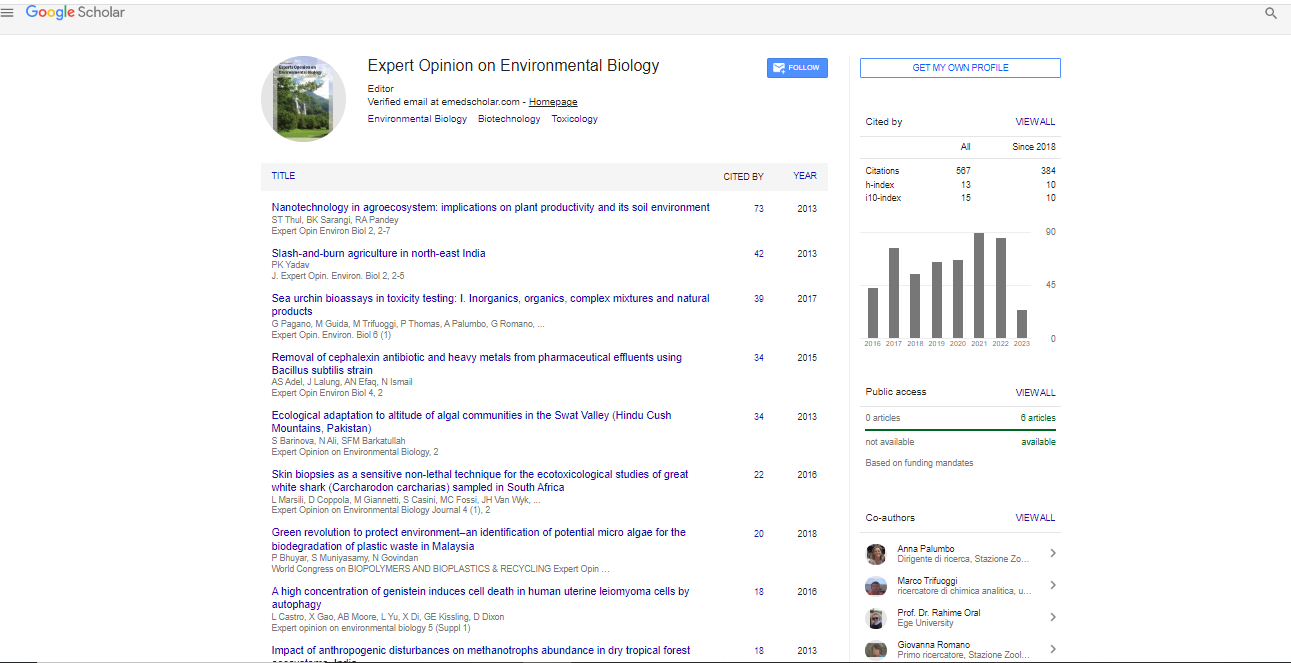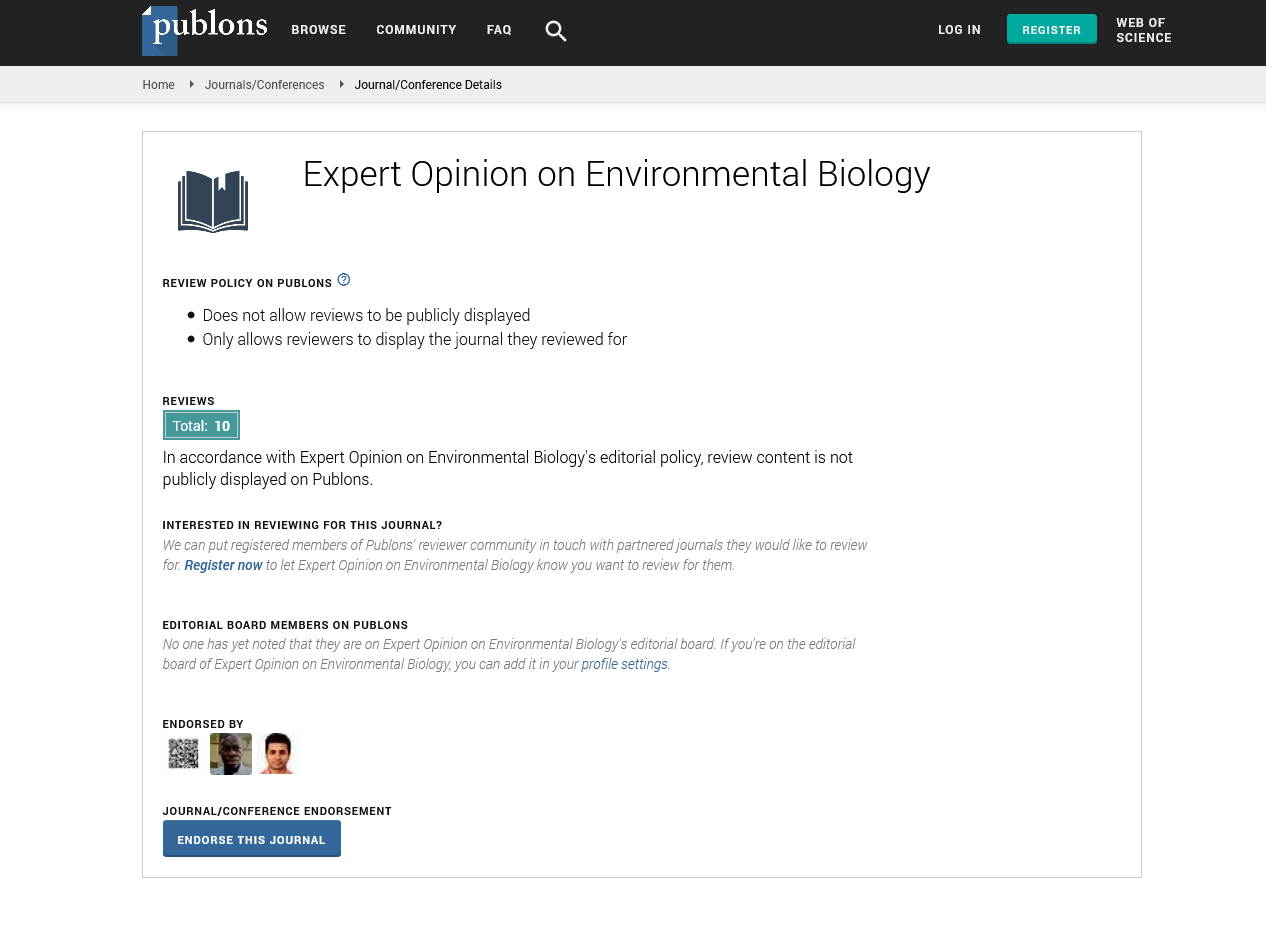Laser-based inverse production enables the recycling of electronic components
Cord Fricke-Begemann
Fraunhofer institute for laser technology ILT, Germany
: Expert Opin Environ Biol
Abstract
Modern end-of-life electronics contain a variety of precious and critical materials. In the current mass flow treatment of WEEE only the materials of highest value are recovered whereas others are lost in the metallurgical processing. To improve circularity for the fully range of technology metals used, it is essential to apply a selective treatment to the valuable components. The concept of inverse production aims to utilize established methods of modern production, especially digitalization and automation, to process complex endof- life technical products. Instead of full comminution a stepwise dismantling is carried out to extract the valuable modules and components and collect them in dedicated fractions for reuse or specific recycling. A major shortcoming of today’s industrial practice is the missing availability of information about the chemical composition of all components used in technological products. To this end, a fast laser-spectroscopic methodology was developed which allows a contactless chemical investigation prior to disassembly. The chemical composition is determined for electronic components on a printed circuit board and a data base is build up employing also other optical sensors. This data is used for automated disassembly in a subsequent process. In a joint European project, a system was developed for the first-of-its-kind demonstration of inverse production exemplarily for end-of-life mobile phones and printed circuit boards (PCBs). The combined system comprises a set of machines for dismantling of mobile phones and extraction of PCBs, for chemical analysis of electronical components, for laser de-soldering and targeted extraction of selected components, as well as for the decomposition of housing parts. In an industrial environment, hundreds of mobile phones and PCBs have successfully been disassembled. The collected sorting fractions were processed further to recover high quality secondary raw materials, e.g. tantalum and tungsten, with a yield close to 100 %.
Recent Publications:
1. R. Noll, C. Fricke-Begemann, S. Connemann, C. Meinhardt, V. Sturm, LIBS analyses for industrial applications – an overview of developments from 2014 to 2018, J. Anal. At. Spectrom. 33(2018)945- 956.
2. C. Fricke-Begemann, S. Connemann, F. Schreckenberg, R. Noll, LIBS for identification and localization of valuable materials in electronic waste, EMSLIBS2017, Pisa, Italy, 2017.
3. R. Noll, G. Benke, M. Bergamos, H. Brumm, M. Eschen, C. Fricke-Begemann, K. Leszc-zynska-Sejda, J. Makowe, F. Schreckenberg, A. Tori, F. Veglia, Interlinked machinery for the automated disassembly, separation and recovery of valuable materials from electronic equipment progress of the ADIR project, European Metallurgical Conference, EMC 2019, Vol. 3 - sustainable production, ISBN 978-3- 940276-89-6, 2019, 1209-1225
4. R. Noll, G. Benke, M. Bergamos, H. Brumm, M. Eschen, C. Fricke-Begemann, K. LeszczyÅ?ska-Sejda, J. Makowe, F. Schreckenberg, A. Tori, F. Veglia, Interlinked machinery for the automated disassembly, separation and recovery of valuable materials from electronic equipment – progress of the ADIR project, 10th European Metallurgical Conference, Düsseldorf, Germany, 2019
Biography
Cord Fricke-Begemann is manager of the material analysis group at the Fraunhofer institute for laser technology. The team is working on laser measurement methods for industrial applications, including inline material inspection. With LIBS sensors for material identification, recycling applications for metal scrap and minerals are realized.
 Spanish
Spanish  Chinese
Chinese  Russian
Russian  German
German  French
French  Japanese
Japanese  Portuguese
Portuguese  Hindi
Hindi 
